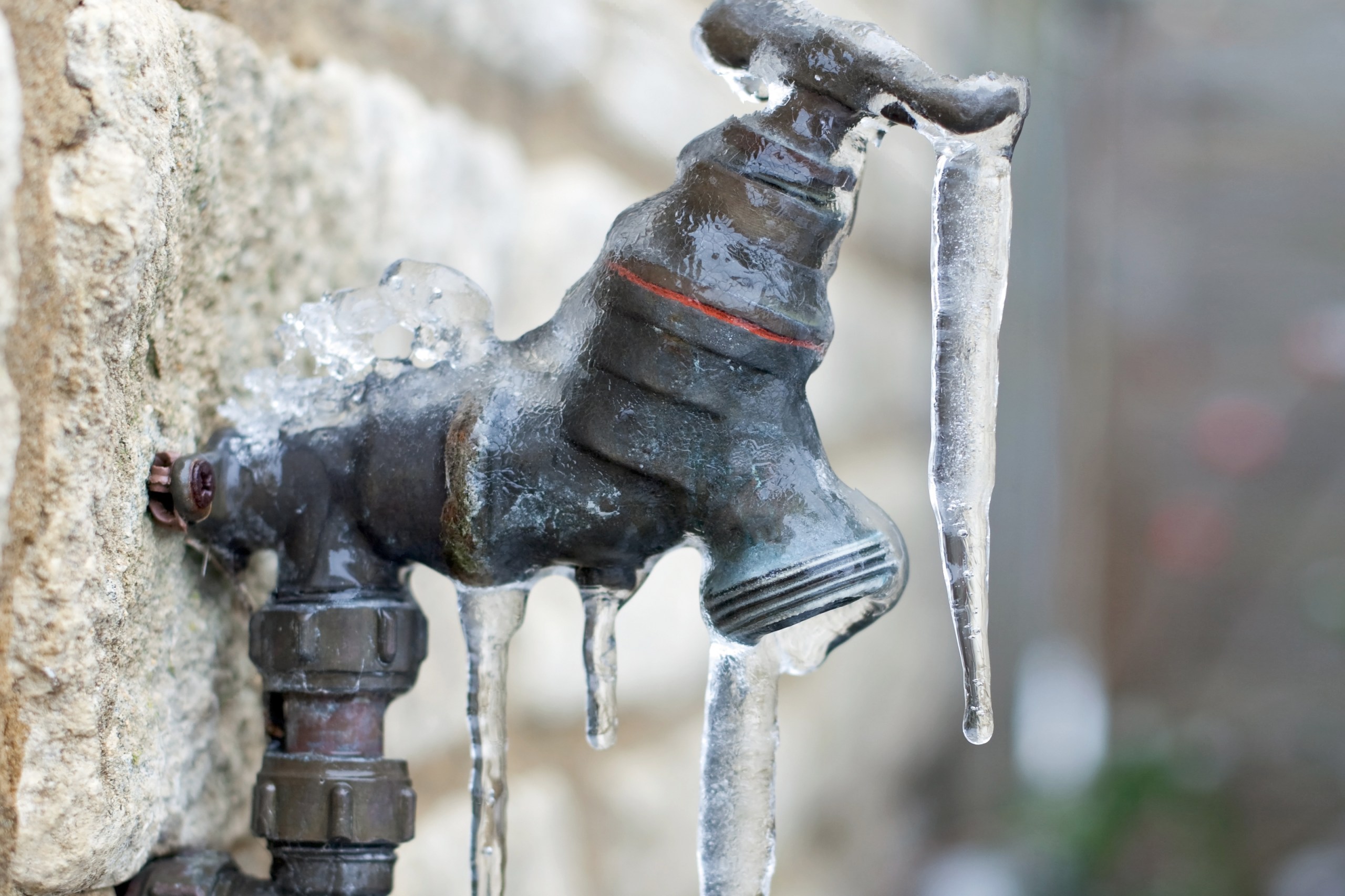Seventy-eight percent of homeowners say they have buyer’s remorse over purchasing their home within the last 12 months, mostly because of unexpected repair costs, according to a survey from Hippo, a home insurance group. Proactive home maintenance, however, can help ward off many repair nightmares. After all, two-thirds of homeowners who experienced a repair issue admit the problem could’ve been prevented with proactive maintenance, another Hippo survey finds. Further, 67% say unexpected home issues have affected their mental health, and 63% say the problems have affected their relationships. Courtney Klosterman, a home insights expert at Hippo, offers the following breakdown of home maintenance projects to help lessen stress.
OUTDOORS:
Trim trees:
Faulty tree limbs can damage a home, especially during storms. On windy days, tree branches can strip off layers of siding or asphalt from the roof singles that protect a home. A storm also can cause a sick tree’s limbs to fall onto a home. In drier climates, homeowners have an additional wildfire risk that encroaching brush can have on a home.
- Do a quick walkthrough to remove branches touching or overhanging near or on a roof. (Consider hiring a professional to remove overhanging limbs.)
- Trim trees that are encroaching or overhanging near gutters or rooflines to help prevent damage.
- Work through the branches to remove anything that doesn’t look completely stable. Remove any vegetation touching the sides of a home and dead or dying vegetation within 30 feet of a home.
Roof:
A poorly maintained roof can lead to deterioration, damaged shingles, and other issues like moss buildup, making it easier for water to seep into ceilings. A slow roof leak also can turn into a huge backlog of moisture in a ceiling or attic. This can eventually proliferate into mold that grows on walls and framing, leading to poor air quality in the home and even damage to the home’s structural framing.
- Check the roof for damage that may have happened during the winter months. (Call in professionals to do this.)
- Look for signs of damage, like missing, worn, or damaged shingles, while inspecting the roof from the ground.
Gutters:
Leaves and debris can build up in gutters, causing water to spill over the sides and potentially lead to foundation damage, structural defects, mold, mildew, and flooding. In cooler climates, water residue in clogged gutters can freeze causing water to seep into the roof or eaves.
- Check all points where clogging could occur. Call in a professional to check tough-to-reach areas.
- Using a pair of gloves, clear out any visible debris that may block the flow of water towards the downspouts.
**At a minimum, clean gutters yearly by removing large debris**
- Flush gutters with a hose starting at the end furthest from the downspouts, making sure downspout drains are positioned away from the foundation.
Siding:
The siding on a house needs to be well-painted and sealed to help avoid leaks or mold from forming and keep pests out.
- Walk around the perimeter of the home each season to look for signs of deterioration, such as rotting, peeling paint and damaged siding, sills or soffits.
- Repair damaged areas right away, as these materials help protect a home from weather, water intrusion and pests. Not addressing these issues could lead to rot and damage to structural framing.
INDOORS: Don’t overlook a home’s critical systems and appliances.
Plumbing:
Water damage is one of the most common and costly disasters a home can experience. The average home insurance claim costs upwards of $12,000, according to the Insurance Information Institute.
- A quick walkaround every three months will help catch the earliest signs of plumbing issues.
- Set up smart devices with leak detectors in areas where water is likely to pool, such as under bathroom or kitchen sinks and in the basement.
- To keep drains clog-free, pour a cup of white distilled vinegar down them a couple of times a month. Let the vinegar sit for 30 to 45 minutes, then flush with cold water.
- When deep cleaning the kitchen drains, don’t forget the garbage disposal. Disconnect the unit’s power, throw on a pair of rubber gloves and wipe down the unit with cleanser until debris is removed.
Water heater:
Over time, sediment builds up in the bottom of a water heater, which can corrode the tank and heating elements and shorten its lifespan. A replacement water heater can be costly—anywhere between $1,000 to $1,500 or more.
- Flush a hot water heater annually to prevent sediment buildup. Begin by draining whatever water is left in the tank (don’t forget your bucket). Then, stir up the sediment at the bottom of the tank by opening the cold-water supply valve briefly. Keep repeating this process until the water comes out clean from the hose.
- Look under water supply and drain lines for signs of corrosion and repair damage. Pipe corrosion can also hurt the efficiency of hot water heaters and cause premature failure.
Dryer vent:
The leading cause of home fires involving the dryer is dust, fiber, or lint buildup in the dryer exhaust vent, according to the National Fire Protection Association. While many homeowners are mindful to clean the lint filter in-between laundry loads, Hippo’s Housepower Report (link is external) revealed that most homeowners wait more than two years to clean their dryer exhaust vent, if they ever do.
- Remove the excess heat, moisture and lint that comes from the drying cycle.
- Clean vents at least once a year to help reduce the chance of house fires and improve energy efficiency by hand scrubbing a filter.
Stove and hood vents:
The buildup of cooking oils and grease that occurs on a stove hood over time makes cooking the leading cause of all home fires, according to the United States Fire Administration.
- Clean vent screens every three months to help prevent grease fires and prolong the life of the vent fan.
- Remove the filter from the range hood and wash in warm soapy water to remove grease buildup.
- Clean ignition sources (gas) every three months and have a technician tune-up your range annually.
Refrigerator:
Refrigerator coils are critical to cooling. Most homeowners don’t vacuum their refrigerator coils routinely, according to Hippo’s Housepower Report. Nearly one in five homeowners say they did not know they had to vacuum their refrigerator coils at all, the survey notes.
- Dust and dirt can reduce performance and increase energy bills. Vacuum or clean under and behind your refrigerator twice a year to help maintain peak performance.
Electrical system:
A home’s electrical system needs to be protected from overheating in the event of a power surge. According to Hippo’s Housepower Report, more than two-thirds of homeowners don’t know the location of their fuse box or circuit breaker.
- Locate the fuse box. While every home is different, circuit breakers are generally located in low-traffic areas of the home, such as a basement, garage, or utility closet.
- If the power is out in a home, check if the breaker is out of line. If so, switch it to the “off” position, and then switch it to the “on” position.
- Keep the electrical box cover shut, and check every three months for signs of rust, moisture, and dirt.
Foundation:
Over time, the ground around a home may shift, causing changes to how the home rests on the foundation.
- Check for cracks larger than one-eighth of an inch in width (the thickness of 2 pennies) or actively getting bigger.
- To help identify movement, monitor a crack over time by placing a piece of masking tape over it and seeing if it shifts. Consult a foundation expert when serious damage is identified.
HVAC:
When an HVAC works efficiently, heat and cool air are distributed throughout the home with good circulation. Common system breakdowns are a result of dirty HVAC filters, thermostat settings, a pilot light being out or a faulty thermocouple.
- Help improve the air quality inside of a home and use less energy by changing the HVAC filter every 30 to 90 days, depending on your unit.
- Schedule a bi-annual tune-up to help ensure you are not stuck without heat or cool air.























